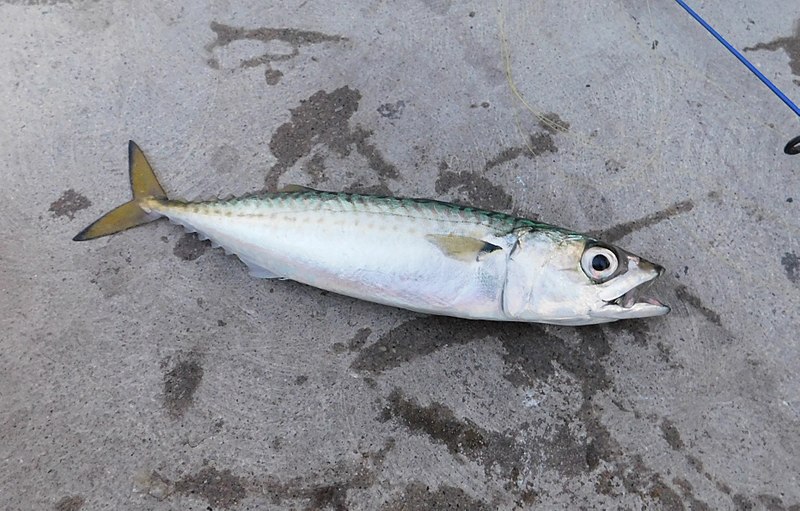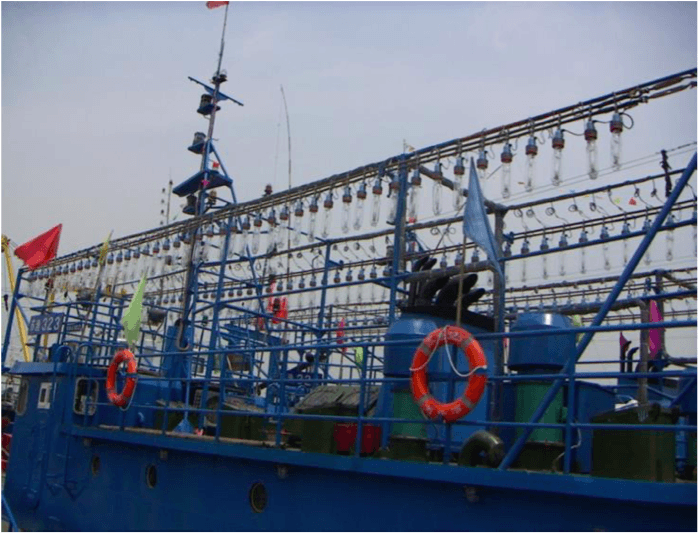
Published by Wei Yu and Xinjun Chen
Shanghai Ocean University
These findings are described in the article entitled Climate-induced habitat suitability variations of chub mackerel Scomber japonicus in the East China Sea, recently published in the journal Fisheries Research (Fisheries Research 207 (2018) 63-73). This work was conducted by the team of Prof. Xinjun Chen from Shanghai Ocean University and the State Oceanic Administration, including Wei Yu (first author), Ai Guo, Xinjun Chen (corresponding author), Weiguo Qian, and Yuesong Li from Shanghai Ocean University, Yang Zhang from the State Oceanic Administration.
It is well-recognized that the El Niño and La Niña events have had strong impacts on coastal and pelagic fish habitat quality in the oceans. However, how much do you know about the impacts? Can the impacts of climate variability be quantified by scientific methods? Actually, habitat modeling methods are a good way to detect habitat hotspots of many fish species and identify the variations in habitat quality in relation to climate variability.
Chub mackerel, Scomber japonicus, is a coastal-pelagic fish species widely distributed in the East China Sea, the Yellow Sea, and the Sea of Japan. Currently, this species is largely exploited by China, Japan, and Korea. Mainland China targets S. Japonicus by large light-purse seine fishing vessels in the East China Sea. In recent years, the catches and CPUE (catch-per-unit-effort) from Chinese S. Japonicus fisheries in the East China Sea have gradually decreased. One important reason causing the reduced catches may be the climatic and environmental variations on the fishing ground in the East China Sea.

Chinese light-purse seine fishing vessels Credit: Gang Li
Dr. Wei Yu from College of Marine Sciences, Shanghai Ocean University, and collaborators developed an integrated habitat suitability index (HSI) model to examine the habitat suitability of S. japonicus in the coastal waters of China and evaluated the relationship between different types of the El Niño and La Niña events and spatial-temporal variations of potential habitats. This study aims to understand variations in the climate-related habitat suitability of S. japonicus stock in the East China Sea and help to improve fisheries management.
Based on the habitat modeling method, the researchers found that sea surface temperature (SST), sea surface height (SSH), and net primary production (NPP) could be useful and reliable environmental variables to predict habitat hotspots for S. japonicus stock in the East China Sea. Suitable environmental ranges of SST, SSH, and NPP varied from month to month for S. japonicus. The decreasing catches and CPUE of S. japonicus by Chinese fishing vessels from 2006 to 2015 was largely attributed to the enlarged poor habitats and reduced suitable habitats. Meanwhile, the latitudinal fishing locations of S. japonicas were generally following the latitude of suitable habitats.
Interestingly, statistical analyses in this research revealed that the El Niño events yielded a warm SST, elevated SSH, and low NPP in the fishing areas of S. japonicus in the East China Sea. Conversely, the situation was quite the opposite when the La Niña events occurred. Our findings also found that various intensities of the El Niño and La Niña events may result in different variations in the habitat quality of S. japonicus. For example, the moderate El Niño events yielded a rising SST anomaly, but a lowered SSH anomaly and NPP anomaly on the fishing ground. All these environmental variations were favorable for the formation of suitable habitats for S. japonicas in the East China Sea. However, the El Niño events, with strong intensity, would lead to reduced suitable habitats due to unfavorable environmental conditions.
References:
- Yu, W., Guo, A., Zhang, Y., Chen, X. J., Qian, W. G., Li, Y. S. 2018. Climate-induced habitat suitability variations of chub mackerel, Scomber japonicus, in the East China Sea. Fisheries Research, 207: 63-73. https://linkinghub.elsevier.com/retrieve/pii/S0165783618301772.









